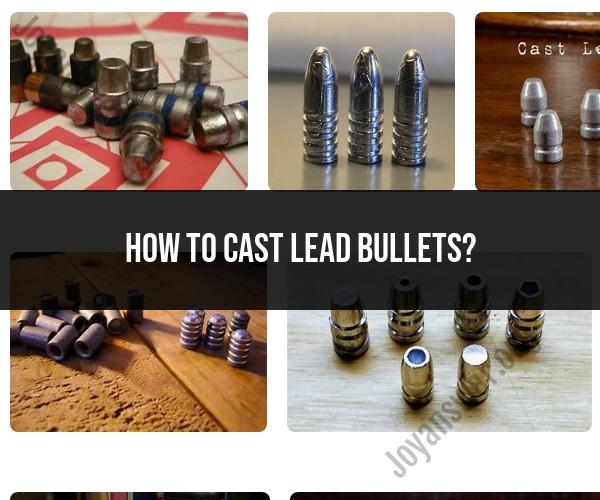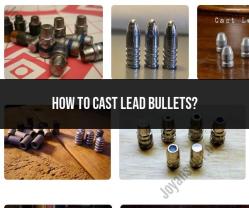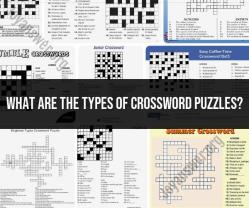How to cast lead bullets?
Casting lead bullets is a common practice among shooting enthusiasts who reload their ammunition. It allows for customization of bullet types and can be a cost-effective option. Here's a DIY guide on how to cast lead bullets safely:
Materials and Equipment:
Lead Alloy: Obtain lead alloy suitable for bullet casting. Pure lead is generally not used as it's too soft; alloys containing antimony and tin are preferred.
Bullet Mold: Choose a bullet mold that matches the caliber and type of bullet you want to cast. Bullet molds come in various designs and sizes.
Lead Melting Pot: A lead melting pot, often electric, is used to melt the lead alloy. Make sure it has temperature controls.
Safety Gear: Wear appropriate safety gear, including safety glasses, heat-resistant gloves, and a long-sleeved shirt to protect against lead fumes and splatters.
Ladle: A ladle or dipper for transferring molten lead into the bullet molds.
Propane or Electric Furnace: You'll need a furnace to heat the lead alloy. Propane and electric furnaces are common choices.
Lead Ingot Molds: Use molds to create lead ingots from scrap lead or wheel weights. These can be melted and used for bullet casting.
Bullet Sizing Kit: To ensure uniform bullet diameter, you may need a bullet sizing kit with sizing dies and lubricant.
Ammo Components: You'll also need primers, powder, and casings if you're reloading complete rounds.
Safety Precautions:
Ventilation: Always cast lead bullets in a well-ventilated area or use a dedicated casting vent system to reduce exposure to lead fumes.
Lead Handling: Handle lead with care, and avoid inhaling dust or fumes. Wash your hands thoroughly after handling lead.
Safety Glasses: Wear safety glasses to protect your eyes from splatters.
Protective Clothing: Wear heat-resistant gloves and clothing to protect against burns from hot lead.
Casting Process:
Preparation:
- Set up your casting area with good ventilation.
- Ensure your mold, melting pot, and ladle are clean and dry.
- Place a fire-resistant surface, like a brick or steel plate, under your furnace and melting pot to catch any spills.
Melting the Lead:
- Place lead alloy pieces or ingots into the melting pot.
- Gradually heat the lead to the recommended casting temperature, typically around 650-700°F (343-371°C).
- Monitor the temperature with a lead thermometer.
Preparing the Mold:
- Preheat your bullet mold to prevent rapid cooling of the lead.
- Lubricate the mold's cavities with a suitable bullet lube or release agent.
Casting Bullets:
- Scoop molten lead from the pot using the ladle.
- Pour lead into the mold's cavities.
- Allow the lead to solidify, which usually takes a few seconds to a minute.
- Open the mold and carefully remove the cast bullets.
Cooling and Inspecting:
- Place the freshly cast bullets on a cooling tray.
- Inspect them for defects or imperfections, such as air bubbles or incomplete fills.
Sizing and Lubricating (if necessary):
- If your bullets need sizing, use a bullet sizing kit to achieve the desired diameter.
- Lubricate the bullets with an appropriate bullet lube.
Reloading:
- If you're reloading complete rounds, proceed with the assembly using the cast bullets, primers, powder, and casings following safe reloading practices.
Storage:
- Store your lead bullets in a cool, dry place to prevent corrosion.
Remember that casting lead bullets can be hazardous due to lead exposure and hot molten lead. Follow all safety precautions and local regulations. If you're new to casting, it's advisable to seek guidance from experienced casters or join a shooting club where you can learn from experienced enthusiasts.
A Comprehensive Guide to Casting Lead Bullets
This guide provides a comprehensive overview of the bullet casting process, from selecting the necessary equipment to troubleshooting common problems. It covers the following topics:
- Safety: Lead is a toxic metal, so it is important to take safety precautions when casting bullets. This includes wearing proper safety gear, such as gloves, goggles, and a respirator, and working in a well-ventilated area.
- Equipment: The basic equipment needed to cast bullets includes a lead melting pot, a bullet mold, a ladle, and a sprue cutter. There are also a number of optional tools that can be helpful, such as a mold heater, a bullet sizer, and a lube sizer.
- Materials: The main material used in casting bullets is lead. However, it is often beneficial to alloy the lead with other metals, such as tin and antimony, to improve its hardness and other properties.
- Casting process: The basic casting process is as follows:
- Melt the lead in the melting pot.
- Heat the bullet mold.
- Pour the molten lead into the mold cavities.
- Wait for the bullets to cool and harden.
- Remove the bullets from the mold.
- Trim the sprue and any other excess lead.
- Troubleshooting: The guide also covers a number of common problems that can occur when casting bullets, and provides tips on how to troubleshoot them.
The Art and Science of Bullet Casting
This book provides a more in-depth look at the art and science of bullet casting. It covers the following topics:
- Bullet design: The book discusses the different factors that influence bullet design, such as weight, shape, and ballistic coefficient.
- Alloying: The book provides detailed information on alloying lead with other metals to improve its properties.
- Mold selection: The book helps readers choose the right bullet mold for their needs.
- Casting techniques: The book covers a variety of casting techniques, including casting single bullets, casting multiple bullets at once, and casting bullets from different types of lead.
- Bullet finishing: The book discusses the different ways to finish cast bullets, such as sizing, lubing, and gas checking.
DIY Bullet Casting: Steps and Safety Tips
This article provides a step-by-step guide to casting bullets, as well as some important safety tips. It covers the following topics:
- Equipment: The article lists the basic equipment needed to cast bullets.
- Safety: The article emphasizes the importance of safety when casting bullets, and provides some specific safety tips.
- Casting process: The article provides a step-by-step guide to the casting process, from melting the lead to trimming the sprue.
Which guide is right for you depends on your level of experience and interest in bullet casting. If you are a beginner, I recommend starting with the DIY Bullet Casting article. It provides a good overview of the basic process and safety precautions. If you are interested in learning more about bullet casting, I recommend reading The Art and Science of Bullet Casting book. It is a comprehensive resource that covers all aspects of bullet casting, from design to finishing.






